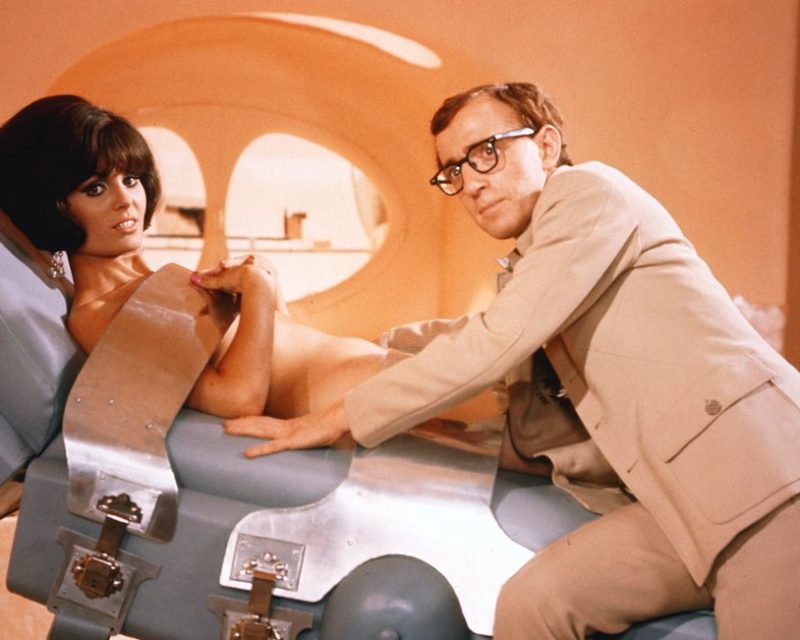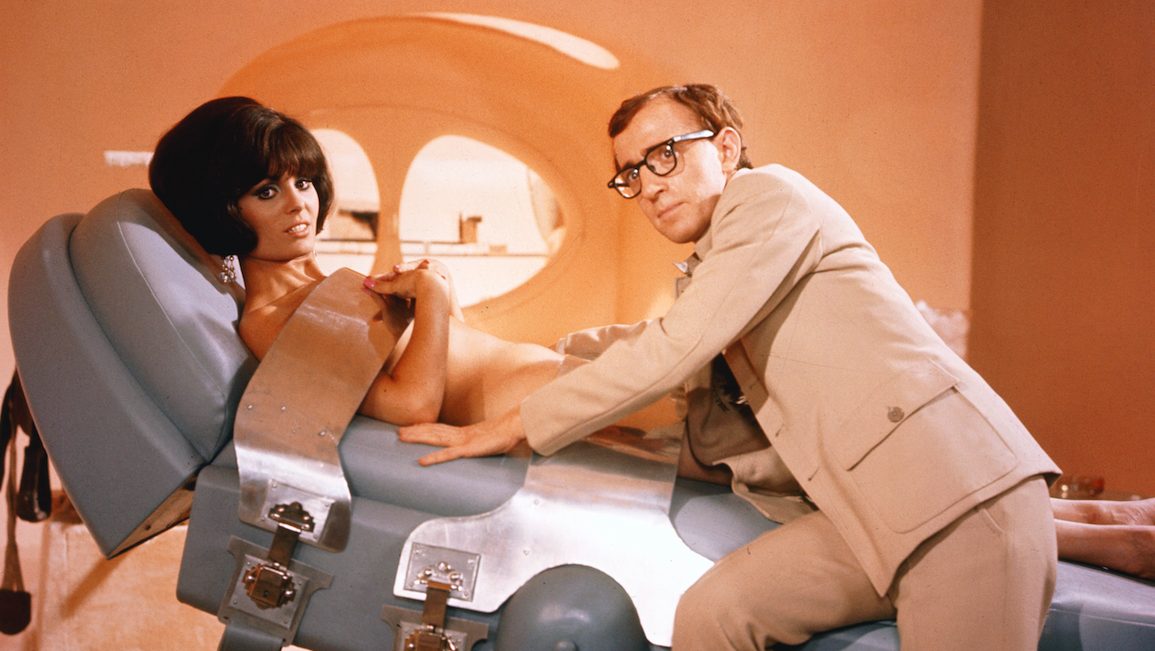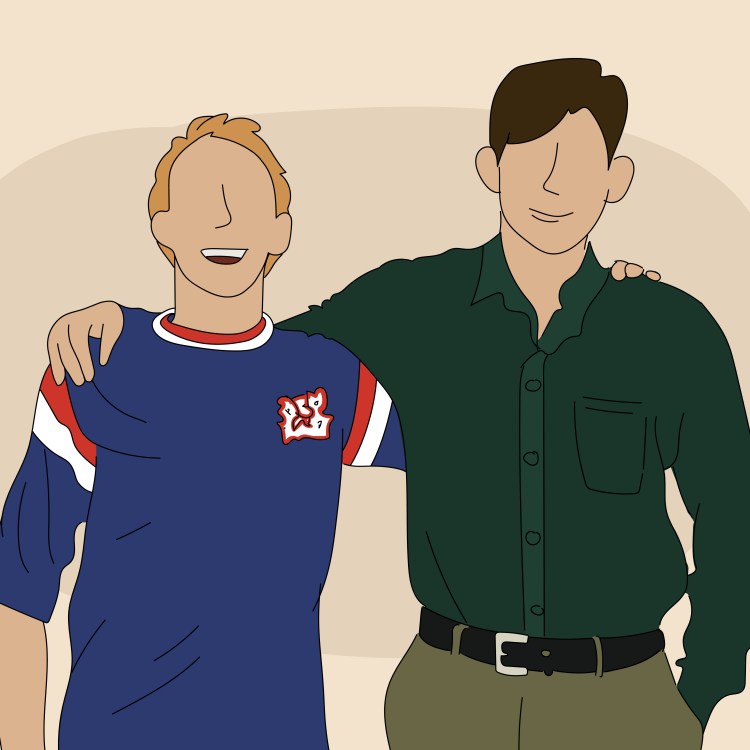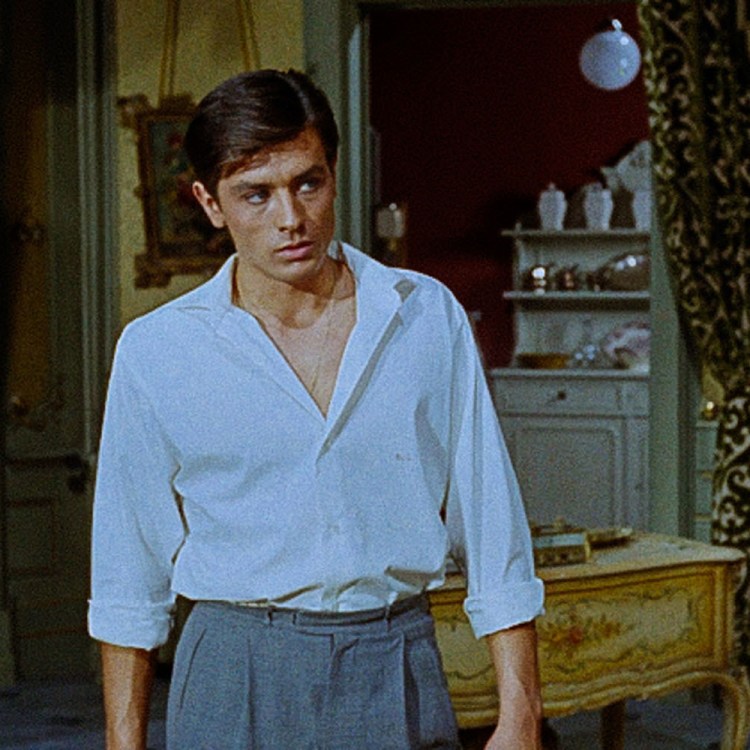
When Casino Royale opened in the U.S. in 2006, the first film to star Daniel Craig as 007 quickly earned nearly $600 million worldwide and became one of the most acclaimed entries in the history of the series.
It must have particularly sweet for the Broccoli family, as the longtime Bond producers can still remember the first movie adaptation of Ian Fleming’s novel, Casino Royale, which went into wide release in America on April 28, 1967.
As it turns 50, the original Casino Royale remains unlike any other film in the Bond series. Indeed, it’s arguably unlike any other film in movie history. It was based on the first Fleming novel to feature James Bond, which was published in 1953. The novel’s initial adaptation occurred in 1954, with a live 50-minute version on TV.
There are several key changes from Fleming’s novel, starting with Bond’s accent. Barry Nelson, the first man to play Bond, is decidedly American—yes, he is called “Jimmy Bond.” Even so, this adaptation would be far more faithful to the original than the 1967 interpretation.
Dr. No had become a big-screen hit in 1962. (It’s actually based on Fleming’s sixth 007 novel.) Starring Sean Connery and co-produced by Albert Broccoli, it established a pattern to be followed for many films to come. Broccoli, however, did not have the rights to that first Bond novel. A film adaptation was inevitable to cash in on Bond’s popularity, yet it would have to be outside the established canon.
Way outside the established canon.
Granted, the initial approach sounded downright sane. Legendary screenwriter Ben Hecht, dubbed the “Shakespeare of Hollywood,” wrote up a faithful version of Fleming’s novel. He would be one of the brilliant writers to work on this project, a murderers’ row that also included Catch-22 author Joseph Heller, Sunset Boulevard co-writer/director Billy Wilder, Dr. Strangelove screenwriter Terry Southern, and Woody Allen. Yet so many writers toiled on the film that none of these five icons would be among the three screenwriters actually credited for it.
Indeed, Casino Royale featured an absurd number of chefs in the kitchen. The film listed five directors, notably the great John Huston (The Maltese Falcon), with a sixth uncredited. And through all this Fleming’s book became increasingly forgotten, to the point when the trailer was released the film was said to be “suggested” by the novel, as opposed to based on it. Incidentally, let’s take a look a trailer below. (WARNING: If this is your first exposure to this version of Casino, prepare for your head to explode.)
Where to begin? The repeated invocations of the phrase “too much for one James Bond.” (The trailer ultimately lists a total of seven 007s.) The demands to “Join the Casino Royale Fun Movement.” The cruel fat joke at the expense of a famously obese cast member: “Orson Welles is the heaviest heavy of SMERSH.” And the fact Peter Sellers’ scenes were a direct inspiration for later sequences in Austin Powers—most notably the rotating bed.
The 1967 version of Casino Royale features one of the most star-packed casts in film history. This includes a number of actors it isn’t too hard to picture in a traditional Bond film, notably Welles, Huston, William Holden, Peter O’Toole, David Niven, and Ursula Andress who had played Honey Ryder in Dr. No. Then there are Peter Sellers and Woody Allen. Sellers, of course, instantly conjures up images of Inspector Clouseau. Allen plays “the tallest dwarf in the world” and was baffled by the film, writing to a friend in the parlance of the time, “Saw rushes and am dubious to put it mildly, but probably film will coin a mint. (Not money, just a single peppermint.)”
Considering how enthusiastically everyone hams it up in the trailer, filming proved to be a surprisingly miserable experience. Sellers had long possessed a reputation as a difficult actor, but here transformed into an impossible one. His antics included vanishing for three weeks. In fairness, this may have preferable to him actually being around, as during his time on the set he managed to get in a fistfight with one of the directors.
Critics generally hated Casino Royale: Roger Ebert called it the “definitive example of what can happen when everybody working on a film goes simultaneously berserk.” Yet it proved a moderate hit with $41.7 million worldwide (a sum that becomes less impressive in light of the unexpected expenses of the chaotic production). It even collected an Oscar nod for the Burt Bacharach-Hal David song “The Look of Love.” Today, the film has a bit of a cult following. Still, it’s hard not to feel like it was a badly missed opportunity. Check out the opening credits below.
Bond fans will quickly notice that, unlike the traditional film in the spy franchise, with its stylized sequences of beautiful women and firing guns to a high-energy theme song, literally nothing is happening. Surely this was a moment for a stylized parody of the Bond iconography. (Or at least something.) Thus is the enduring power of 1967’s Casino Royale: Even 50 years later, it still has the power to surprise…and disappoint.
—Sean Cunningham for RealClearLife
This article was featured in the InsideHook newsletter. Sign up now.
























